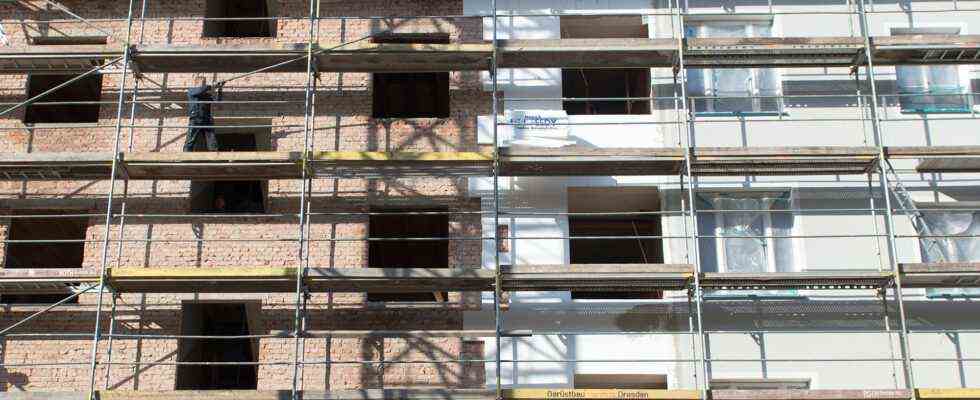Status: 11/12/2021 1:10 p.m.
If an apartment building is on the property boundary and is insulated from the outside, the neighbor has to tolerate the superstructure to a certain extent. According to the BGH, such country rules are allowed – if only because of climate protection.
Anyone who retrospectively insulates their old building on the property line can use it to protrude a little into the neighbor’s garden. That was decided by the Federal Court of Justice (BGH). However, new buildings would have to be planned in such a way that the thermal insulation remains within the boundaries of your own property.
With the energetic building renovation, energy should be saved, it was said to justify. That is in the general interest. The highest German civil court also made it clear that countries may regulate subsequent thermal insulation with their own regulations in the interests of climate protection.
A superstructure of up to 25 centimeters is permitted
In Cologne, neighbors got into a dispute over the planned external insulation of an apartment building that stands directly on the property line. According to North Rhine-Westphalian state law, the neighbor must tolerate the superstructure if comparable thermal insulation is otherwise not feasible with justifiable effort and if the development does not impair his property or only negatively impacts it. Everything that protrudes less than 25 centimeters is therefore okay.
According to the BGH, there are comparable regulations in the neighboring laws of many federal states, including Baden-Württemberg, Hesse, Brandenburg, Lower Saxony, Thuringia and Berlin. State law may provide for restrictions, even if there is a similar federal regulation, the Karlsruhe judges have now determined.
The prerequisite is that these are linked to a “different offense” and that the basic concept of the federal law is preserved. This is the case with state regulations on subsequent thermal insulation that allow deliberate superstructures. According to the BGH, they presuppose that the insulation of a building erected on the property boundary was subsequently necessary due to new public law targets or modern building standards.
An owner’s appeal against a ruling by the Cologne Regional Court, which had classified the state regulation as unconstitutional, was thus successful. The original judgment of the local court, which had allowed the superstructure under state law, will be restored. An expert had previously determined that the inside of the apartment building, which was built several decades ago, could not be insulated with reasonable effort.
Climate goals promote neighborhood disputes
In view of the climate protection goals of politics, such neighbors ‘disputes could occur more frequently in the future, estimates Beate Heilmann, chairwoman of the tenancy law and real estate working group in the German Lawyers’ Association (DAV).
Axel Gedaschko from the Central Association of the Housing Industry points out that, in particular, buildings with little or no insulation now have to be given a new insulation shell. “When it comes to cross-border thermal insulation, there is an increased potential for controversy with ever higher insulation thicknesses – as with many other neighborhood conflicts when it comes to property boundaries.”
(AZ: V ZR 115/20)

